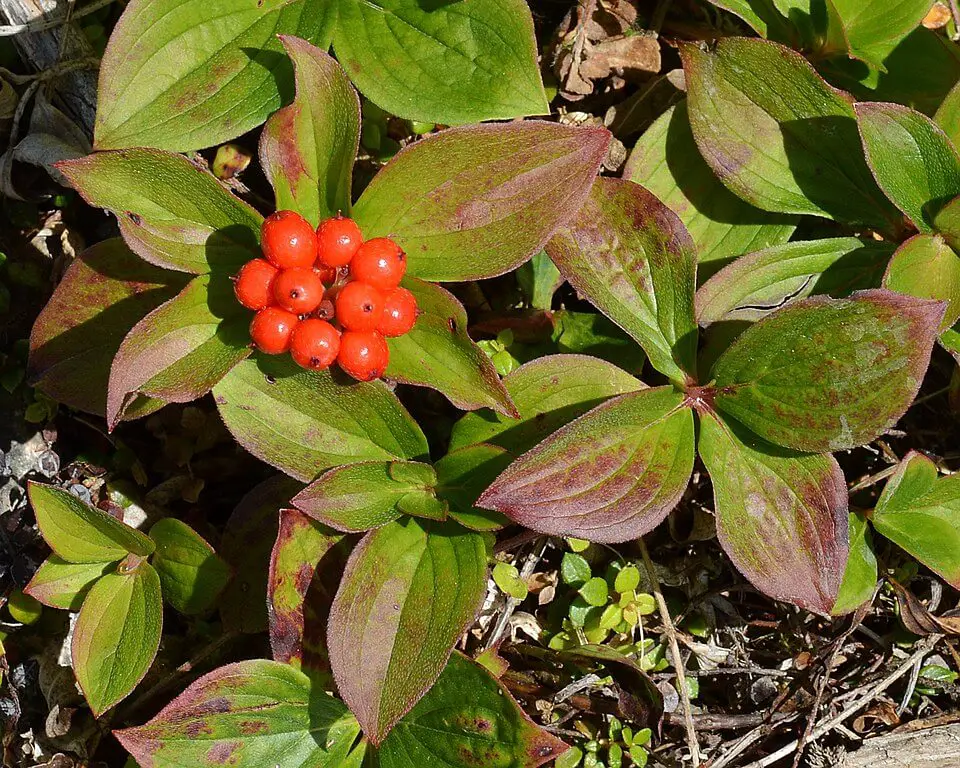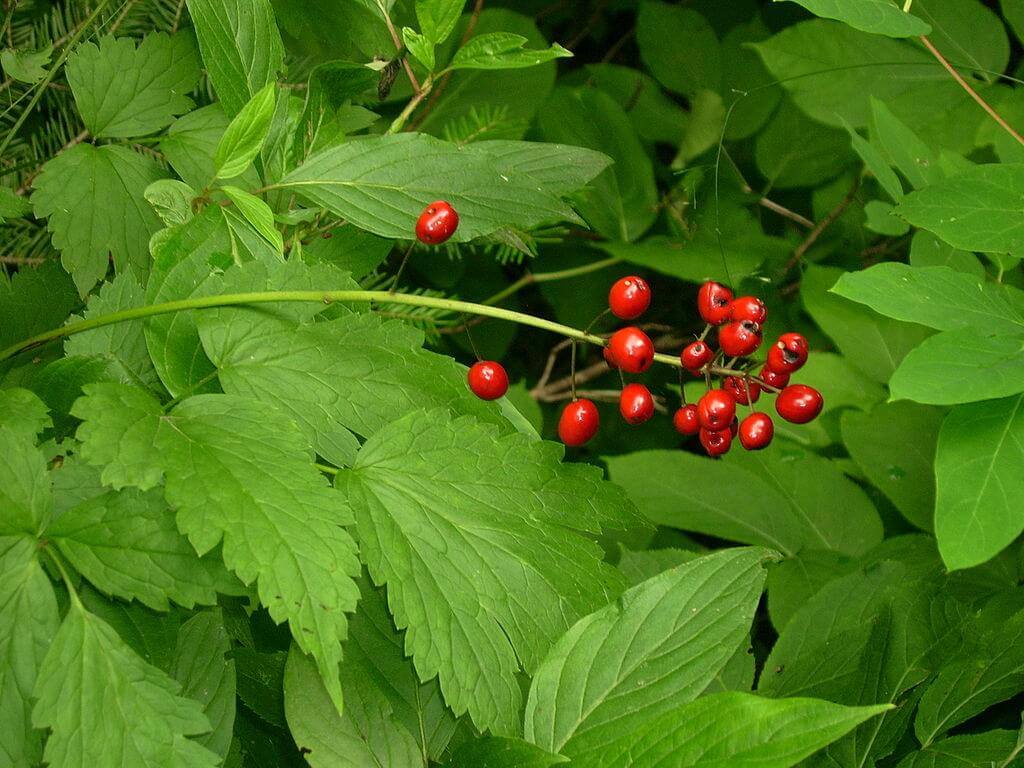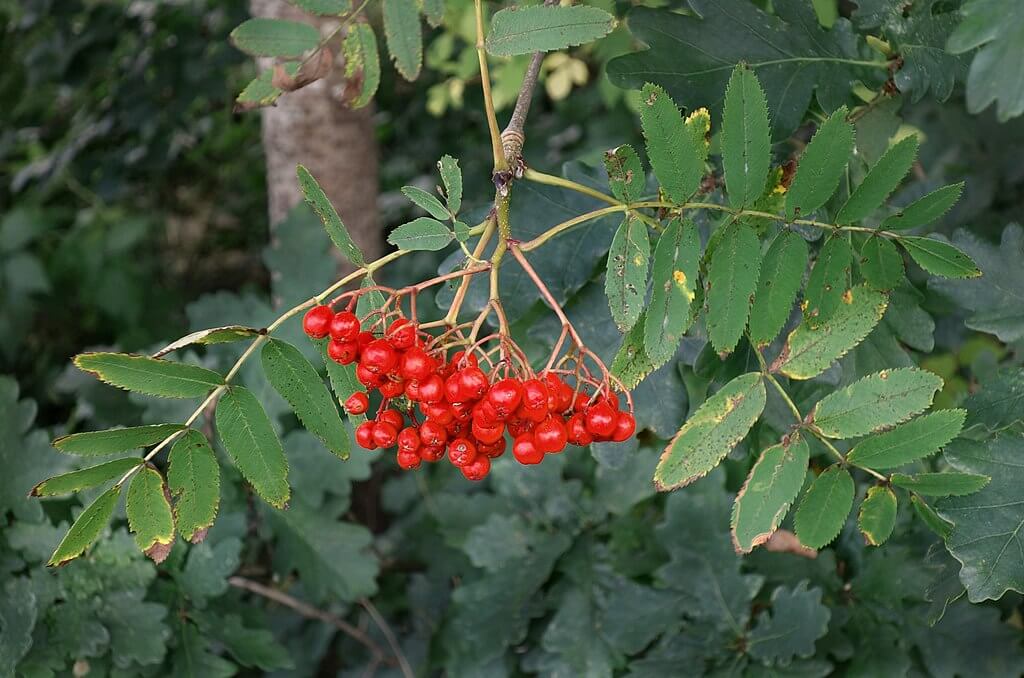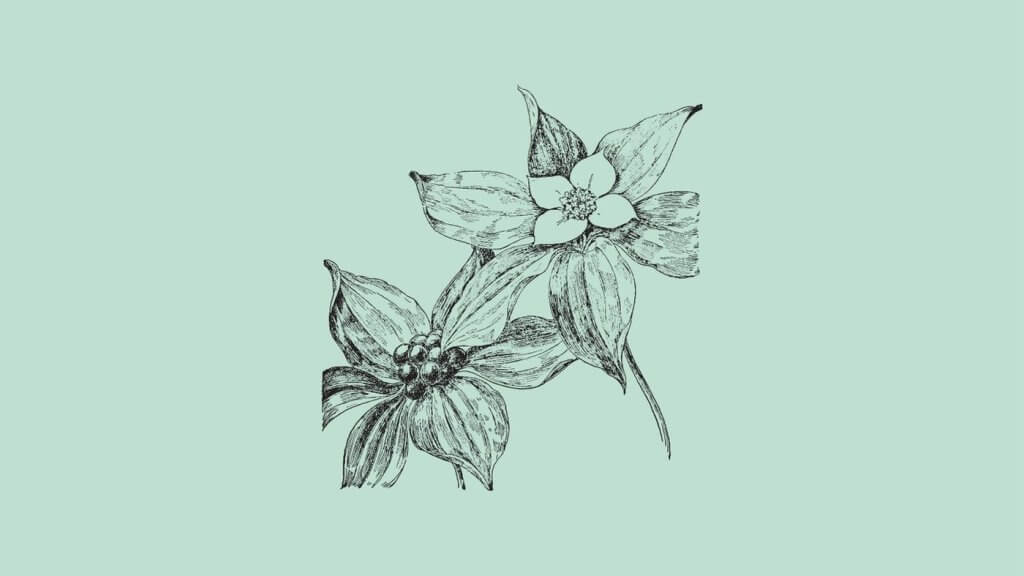Bunchberry or Cornus canadensis is an abundant North American native plant easily accessible to foragers. Bunchberry is excellent for natural landscapes, borders on gardens, flower beds, and edging along sidewalks and stone pathways. There are a few simple yet delicious ways to use this edible plant in the kitchen.
Cornus canadensis plant profile
Bunchberry, or Cornus canadensis, is an herbaceous perennial evergreen with petal-like white bracts. It belongs to the dogwood family Cornaceae, mostly known for its shrubs and trees.
Cornus canadensis is native to North America, Greenland, and Asia.
Other common names include:
What Are You Foraging For Right Now?
We're thrilled to hear your ideas. What would you like to submit today? Feel free to share your thoughts and experiences with us.
- Canadian dwarf cornel
- Canadian bunchberry
- Crackerberry
- Creeping dogwood
Bunchberry naturally grows near bogs, swamps, coniferous, deciduous, or mixed forests. It likes mossy areas and other wet, open habitats. In the United States, it does best in USDA hardiness zones 2-7.
This native plant likes moist, acidic soils. Often found on the damp forest floor, creeping dogwood prefers full or part shade.
Is bunchberry native to Canada?
Yes, bunchberry is native to Canada.
It is also found growing wild in many areas of the United States, including Alaska, the coasts of Washington, Oregon, and Maine, and as far south as New Mexico.
What does bunchberry look like?
This species is the smallest of the Cornus genus, reaching only 6-12 inches in height. It grows as a ground cover in cool, damp areas and spreads quickly via its underground rhizomes.
Cornus canadensis has glossy, dark green leaves 1-2 inches long. They are oval with smooth edges. Deep, prominent veins run parallel along the surface. Pairs of leaves cluster together to form a whorl containing two larger leaves and four smaller.
Bunchberry plants grow tiny greenish-white flowers containing four yellow stamens with a brownish-red style in the center. This center is surrounded by four white bracts which resemble petals.

This delicate-looking wildflower blooms from late spring to early fall, depending on your climate.
The late summer flowers are replaced with bunches of small, edible red berries growing in clusters, hence the name bunchberry.
Cornus canadensis has a spring-loaded catapult mechanism built in. The petals explode open, and the system releases, launching pollen about an inch into the air to be caught and spread by the wind.

Is bunchberry edible?
Yes, bunchberry is edible and non-toxic.
The berries can be eaten raw and have a tinge of sweetness. However, they are better cooked as their texture is dry and pulpy.
All parts of the plant can be safely consumed. A small amount won’t hurt your pet either, although consuming large quantities may lead to gastrointestinal issues such as vomiting or diarrhea.
When foraging for bunchberry, look on wooded forest floors, near swamps, bogs, or other wetlands. Wait for the berries to ripen from green to bright red.
Simply pluck a cluster of fruit from the plant, and collect until you have the desired amount.
Any bunchberry lookalikes to be aware of?
Do not confuse with red baneberry or any nightshade species, as they are poisonous.
Dogwood bunchberry is also sometimes confused with rowanberry, which is not harmful but has a much different flavor.



Bunchberry fruit uses in the kitchen
Bunchberry dogwood plants have some tasty uses in the kitchen.
The berries can be made into:
- Jam
- Pudding
- Sauces
- Pie and other desserts
- Raisins
Native Americans and Intuit have historically used bunchberry plants. They would pick the berries in the fall and save them for winter by either drying, freezing, or using bear fat to preserve them.
A common name for these plants in areas like New England is puddingberry. They used to add a handful of the berries to pudding, adding color and helping it jell since the berries contain natural pectin. This makes them ideal for jam, preserves, and sauces.
Drying the berries is another popular and simple way to use them. They become bunchberry raisins and can be eaten plain or added to granola, cereal, oatmeal, trail mix, or wherever else you want to add a subtle sweetness.
A delicious recipe for bunchberry fruit sauce with lemon ricotta stuffed crepes can be found here.
Health benefits of Bunchberry
The pectin found in Cornus canadensis has health benefits.
It can aid with:
- Lowering cholesterol
- Reducing inflammation
- Diabetes control
- Prevention of heavy metal poisoning
- Mouth ulcers
- Sore throats
The berries are high in Vitamin C and flavonoids, which contain the following properties:
- Antioxidant
- Antiviral
- Anti-cancer
- Anti-inflammatory
- Anti-allergenic properties.
The leaves and stems of bunchberry plants have analgesic and febrifuge properties. You can brew leaves and stems to make a tea which helps with:
- Fevers
- Coughs
- Kidney infections
- Lung ailments
The Cornus species is also being researched as a potential cancer treatment due to its naturally producing chemotherapeutic compounds.
How to grow Bunchberry
Once established, Cornus canadensis is easy to care for and is fast spreading. It’s not vulnerable to pests or diseases and is deer and rabbit resistant. It also attracts pollinators such as bees, birds, and butterflies.
If planting in a well-cultivated space, it will require trimming back. If left to grow in a natural, open space, it will continue to spread.
Bunchberry plants can be bought from nurseries and transplanted into the ground. This is the best method for quick results.
The bunchberry plant can be propagated through seeds or cuttings. Cuttings can be taken from mid-July through August from below the ground level of the plant. Seeds can also be harvested at this time.
- The seeds are found inside the berry, and each berry contains two seeds. Seeds need not be separated from the fruit as this can be quite difficult.
- It is recommended bunchberry seeds be planted in the fall when temperatures and soil are cooler. Either store them in a cool, dry place until then or use a cold stratification process. Placing them in the refrigerator for 3 months is an effective method.
- Choose an area with dappled, filtered light. A little morning sun is fine, but Cornus canadensis needs partial shade.
- Sow seeds or cuttings 3/4 inches deep in the soil. Germination can take up to 18 months. Bloom time can take 3-5 years, and there have been difficulties noted with growing bunchberry from seed.
- After planting, use compost like pine needles, mulch, or peat moss. The soil needs to stay below 65 degrees Fahrenheit, which will help keep it cool and moist.
Rachel Schmeltzer is a writer, mom, teacher, and dreamer. She enjoys reading, traveling, history, spending time with her boys and her cats, and foraging in the woods of Minnesota.

